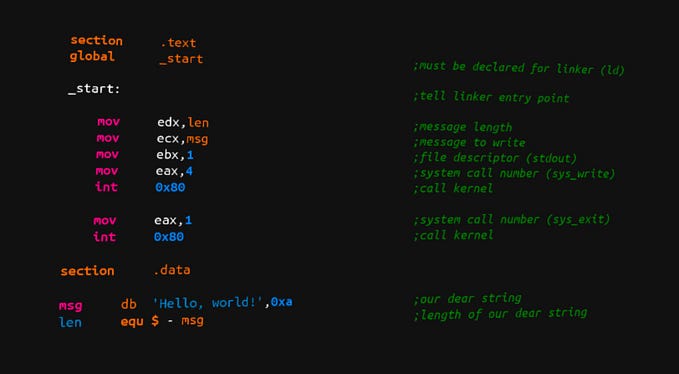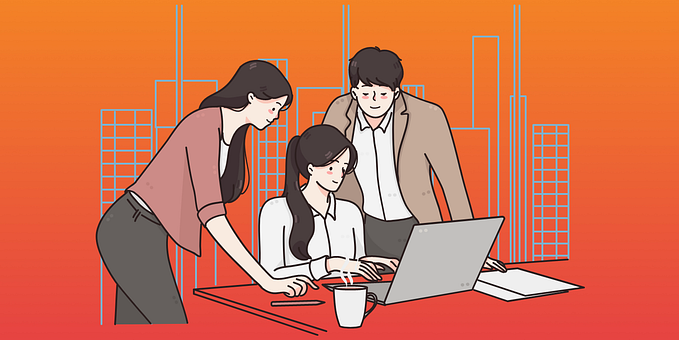Usability and its importance
Here comes another article from the article series that is the basics of user experience design. In this article, I will focus on usability and what features usable products should have.

We live in a world where we lead a very comfortable life, especially with easily-available digital products. Users who can easily access and use your product, that is, people who experience your product personally, can consume the product in no time but can also abandon it right away. So, as designers, we strive to design easy-to-use experiences that can be mastered by anyone, whether young or old, and that will not cause any dilemma.
Although user experience and usability are concepts, often mistaken with each other, they have different meanings. User experience is generally about how a user “feels” before, during, and after using a product or service. We can interpret this feeling from various perspectives such as the user’s emotional state, preferences, approach, beliefs, physical condition, behaviors, and skills.
However, one possible explanation of usability is the users’ ability to obtains their goal easily thanks to their efficient interaction with the relevant product or service and to be satisfied with it during the user experience design process. Satisfaction can be achieved not only by the ease of use but also by attracting the user and giving them an aesthetically pleasing experience. Therefore, usability, which is one of the few elements that shape the user experience design, is much more than a mere product fulfilling its function.
Usability is important because if users do not obtain the goals they expect from your product, they will eventually abandon your product or service. They will then choose your competitors over you, and it will not be too difficult for them to find an alternative. Therefore, ideal usability is a must for a good experience.
… ideal usability is a must for a good experience.
Usability also involves examining and evaluating why a user should prefer a product in a user-centered design process. This process is repetition-based, and each new step aims to improve the previous one. So what should we do or consider in this design and improvement process for good usability? In this context, Whitney Quesenbery, a user experience, and usability expert, and former president of the User Experience Professionals Association (UXPA) International, proposes to fulfill the criteria that offer five indispensable features of usable products in common. Let us take a look at these criteria and evaluate them one by one.
Effective
Effective is the criterion that evaluates whether the users have completed the process correctly while turning their goals into interaction within the scope of the solution. For example, suppose you need a phone number field on a web page. If this field is designed to show the input format of the digits by leading the user during login, it will enable the user to fill the field without making any mistakes, ensuring that the process is completed correctly. There may be several ways to sort this out, but what matters is to be as informative and directive as possible. In the meantime, using simple language and a form of sincere communication can increase efficiency.
Efficiency
Efficiency signifies the “speed” that indicates how quickly the user can do a job related to the product.
There may be several ways and methods to increase efficiency. We need to examine how users prefer to use the product to offer solutions such as the number of steps needed to reach the goal, and understandable communication structure, shortcuts, etc. For instance, do they use a keyboard or mouse to interact, or do they prefer a tablet or smartphone? Do they make a call via an interface or with voice control? All these elements require different approach solutions. Efficiency and effectiveness are two things that are often mistaken for each other, and we must keep in mind that they differ in usability.
Engaging
It is necessary to draw attention to guide users to interact and consider the importance of aesthetics to attract attention. Aesthetics is an issue itself, and yet it does not suffice to make a product preferable. For instance, Wikipedia is a good example showing that it is not all about aesthetics as long as a product offers a certain benefit. Despite its current interface, which has been criticized by many due to aesthetic concerns, Wikipedia is pleasing to millions of users.
We must be able to use elements such as integrity, space, hierarchy, balance, and color, which make up the design, in harmony with each other to provide the right user interaction and to make it interesting.
Easy to Learn
A preferred product, that is a product used regularly, how to use the product should be conveyed to the user simply and understandably. Whatever method you use to teach the user, it should be easy for the user to learn the new functions and features of the product. This is the only way you can create a happy user profile, and the new functions of your product will not seem that strange to your users.
Note that every innovation is met with some reaction in line with the usage habits at first, before the benefit it will provide. For example, the elements that make up the iOS 6.0 interface turned into a flat design form with iOS 7.0. While this radical change movement in the mobile operating system by Apple had made a splash in those years, it is still in use today as if there has been no change at all.
Error Tolerant
Given the design need in complex structures depending on the scope, especially in digital products, it may not be possible to eliminate all the errors due to the ecosystem. Error tolerant can be defined as minimizing the error rate and providing solutions that allow users to refocus when they encounter an error. In the meantime, we should be careful to limit the things that may mislead the user, offer the opportunity to restart, try generating solutions assuming that all users can do things that we would never expect them to do. For example, Todoist, knowing the importance of preventing users from completing a task by accidental clicking, provides good fault tolerance to its users with the undo function.
As I said above, although “easy to use” and “satisfaction with the purpose of use” are the terms to define usability, preferable products are directly related to a “benefit”, which means they meet the user needs. However, products need to be useful and usable to benefit the user.
If you want your product to be successful, you need to ensure that design solutions are effective, efficiency, engaging, easy to learn, and error tolerant. Therefore, usability is much more than ease of use. For usability to provide a benefit, you need to identify what users need without ignoring intuitive behaviors.
Assuming that we are not far from those days where everything we use in daily life will start to communicate with each other given that Society 5.0 is an issue nowadays, each product being an extension of one another in terms of usability is the future that awaits us. We are not far from the days when we will evaluate universal criteria for ease of use should not be too far away, which demonstrates the importance of usability.
This article originally published at UX’minimal. You can reach me out via LinkedIn.
Below is my article named “User experience design and the factors that influence experience”, the first one of the article series, the basics of user experience design. Make sure to follow to read the rest of the article series.







